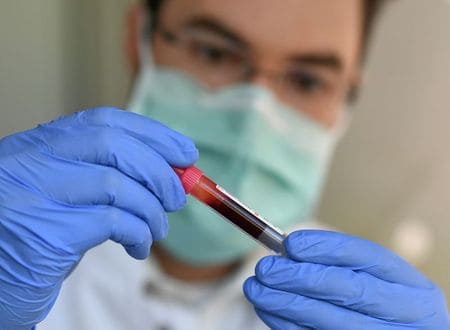Transcriptome sequencing has discovered many prognostic subtypes of B-progenitor acute lymphoblastic leukemia (B-ALL). However, a small percentage of patients lack a recognized genetic cause. For a study, researchers combined whole-genome and transcriptome sequencing (WGS and RNA-seq), enhancer mapping, and chromatin topology analysis to reveal previously unknown genomic drivers in B-ALL.
Tumor RNA-seq was used to study newly diagnosed (n=3,221) and relapsed (n=177) B-ALL individuals. WGS was used to identify mutations, structural variations, and copy number changes. HiChIP was used to undertake an integrated investigation of histone 3 lysine 27 acetylation and chromatin looping. They found a subset of 17 newly diagnosed and 5 relapsed B-ALL cases with a distinct gene expression profile and two universal and unique genomic alterations caused by aberrant recombination-activating gene activation: a focal deletion downstream of PAN3 at 13q12.2 resulting in CDX2 deregulation by the PAN3 enhancer and a focal deletion of UBTF exons 18-21 at 17q21.31 resulting in a chimeric fusion, UBTF::ATXN7L3. A subgroup of individuals also exhibited PAX5 gene rearrangement and elevated expression, which is unusual in B-ALL.
Patients were mostly females and young adults, with a median age of 35 (range,12-70 years). CD10 negative and immunoglobulin M positive defined the immunophenotype. Among 16 patients with a confirmed clinical response, 9 (56.3%) exhibited high-risk symptoms such as recurrence (n=4) or minimum residual disease of more than 1% at the completion of remission induction (n=5). Deregulated CDX2, rearranged UBTF::ATXN7L3 (CDX2/UBTF) B-ALL is a high-risk form of leukemia in young adults that requires innovative treatment techniques.


